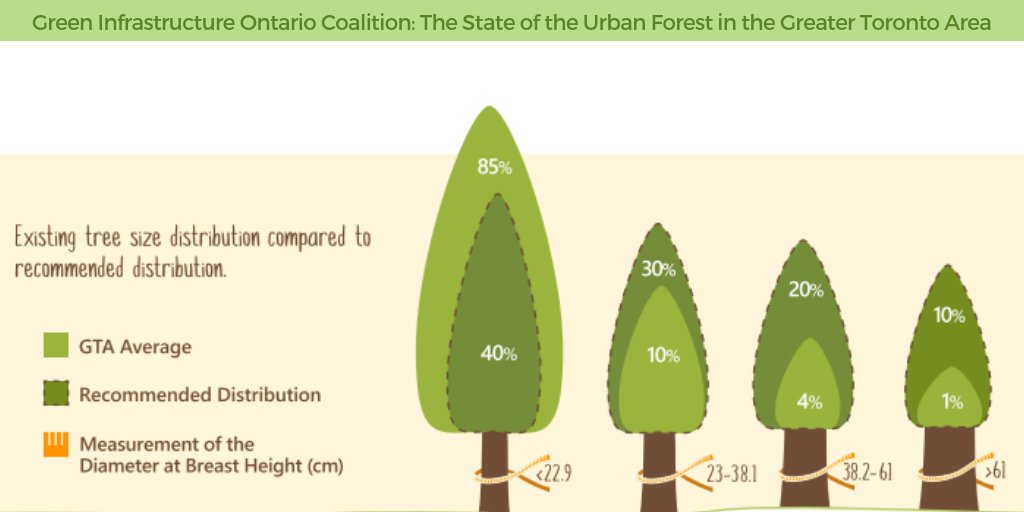The Effects Of Getting Rid Of Trees On The Ecological Community: What You Required To Recognize
The Effects Of Getting Rid Of Trees On The Ecological Community: What You Required To Recognize
Blog Article
Web Content Composed By-Oliver Hull
When it pertains to the environmental impact of tree removal, there are important elements that require your interest. From the complex internet of relationships within ecological communities to the subsequent results on environment patterns, the consequences are extensive. You could be surprised to find the intricate methods which the elimination of trees can resound throughout the atmosphere. Remain tuned to unwind the detailed links and ramifications of this apparently uncomplicated act.
Deforestation and Habitat Loss
Logging and environment loss are vital problems stemming from tree removal. When trees are cut down, it interferes with entire communities. take a look at the site here are the trees themselves lost, yet the homes and food resources of numerous plant and animal species are destroyed too. Birds shed their nesting websites, creatures lose their shelter, and pests shed their habitats. The effects surge via the food cycle, influencing killers and prey alike.
Additionally, logging adds to climate adjustment. Trees play an important role in soaking up co2, a greenhouse gas that catches warmth in the ambience. With fewer trees, there's less carbon dioxide absorption, resulting in enhanced degrees of this gas in the atmosphere and worsening global warming.
Precisiontimberfelling
Habitat loss is a direct result of deforestation, as the devastation of woodlands indicates the loss of one-of-a-kind and varied environments. Numerous species are not able to adjust to rapid changes in their setting, causing populace decreases and, sometimes, termination.
Safeguarding forests is essential to preserving the delicate equilibrium of nature and making sure the survival of plenty of plant and animal types.
Impact on Biodiversity
The removal of trees has a substantial impact on biodiversity, impacting the range and abundance of plant and animal types in a location. Trees provide habitat and food sources for countless organisms, from pests to birds to creatures. When trees are gotten rid of, these varieties lose their homes and resources of food, bring about a decline in their populaces. This disruption can have cascading results on the entire ecological community.
Furthermore, trees play an essential duty in keeping biodiversity by producing microhabitats within their covers, trunks, and roots that sustain a wide variety of species. When trees are reduced, these specialized environments are damaged, minimizing the total diversity of the area.
Additionally, the removal of trees can lead to a reduction in genetic diversity within plant populaces, as certain tree types may no more be able to replicate or disperse successfully. Safeguarding trees and woodlands is crucial for preserving biodiversity and making sure the health and wellness of environments for future generations.
Dirt Disintegration and Environment Adjustment
With trees being eliminated from an area, the interruption of soil structure and security happens, bring about raised soil erosion. Trees play a critical role in stopping erosion by holding soil in position with their origin systems. When trees are removed, particularly in large numbers, the soil ends up being more susceptible to disintegration from wind and water. This disintegration not only impacts the immediate environments yet can additionally cause sedimentation in nearby water bodies, impacting water quality and aquatic ecosystems.
In addition, trees assist regulate the environment by soaking up co2 during photosynthesis. When trees are lowered, this natural carbon sink is lessened, adding to enhanced degrees of greenhouse gases in the atmosphere. This can exacerbate climate modification, leading to more severe weather condition occasions and disturbances in ecosystems worldwide.
Therefore, the elimination of trees not just speeds up soil erosion but additionally plays a role in the larger ecological concern of climate modification. It's vital to take into consideration these variables when assessing the effects of tree elimination on the environment.
Final thought
Now that you recognize the environmental impact of tree elimination, think about the repercussions prior to lowering trees. Deforestation disrupts ecological communities, reduces biodiversity, and contributes to soil erosion and climate modification. By bearing in mind the effect of tree elimination, you can assist secure our setting and protect the delicate equilibrium of nature. Make informed options and consider alternate options to minimize the adverse effects on our planet.
